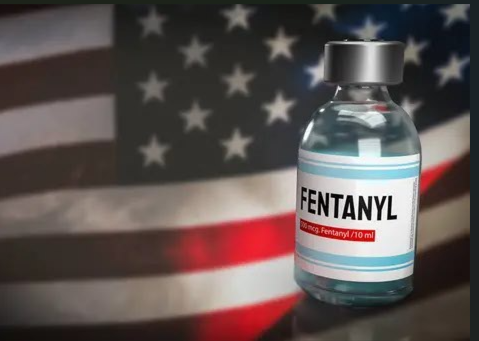Securing U.S. Borders: CTPAT's Role in Fighting the Fentanyl Epidemic
In recent years, the United States has been grappling with an alarming surge in the fentanyl and opioid crisis, casting a somber shadow over...

Since the new Minimum Security Criteria (MSC) launched in 2020, there has been a heightened level of scrutiny on annual CTPAT training. The new guidelines mandate participating companies to train their employees. Additionally, it is highly recommended educational materials are shared with their business partners. But what does this entail, and how can you ensure your organization is meeting the annual training requirement?
Let’s take a quick look at what the CBP says:
“Members must establish and maintain a security training and awareness program to recognize and foster awareness of the security vulnerabilities to facilities, conveyances, and cargo at each point in the supply chain, which could be exploited by terrorists or contraband smugglers. The training program must be comprehensive and cover all of CTPAT’s security requirements.”
So, first and foremost, you have to ensure your training covers all the main points on cargo safety explicitly outlined by Customs…but that alone still isn’t enough to meet all the new requirements. However, to meet your annual renewal requirements, your SCSS internal training program must cover several additional topics. Though it doesn’t cover everything, the list below outlines many of the other important areas to cover.
CBP-compliant training materials are typically 60-100 pages. For example, the curriculum Veroot created as part of our CTPAT Training solution clocks in at 80 slides long. We recognize that it may appear overly cautious, but without standardized compliance evaluation guidelines, it’s crucial to cover all CTPAT-related topics thoroughly.
From a best practice standpoint, it is important to not only distribute training to employees, but to business partners as well. The goal is to present complete documentation to Customs and Border Protection, proving that all supply chain members have received adequate training on CTPAT requirements and understand your standard operating procedures. It’s hard to guarantee all partners will review all training material since you can’t visit every office. However, it is critical that you find a way to verify that they are at least aware that the information exists and is accessible to them. In Veroot’s training system, one of the ways we verify compliance is by requiring business partners to download the training and electronically sign off on it to acknowledge receipt and implementation of the processes.
Testing employees after CTPAT training helps them retain information better, but it’s not required by CBP. Veroot’s CTPAT Training program includes a simple, 10-question electronic quiz for clients to deploy to their employees upon completion of the curriculum. The outcomes are kept in the Veroot LMS CTPAT training portal, making reporting effortless and allowing for a quick annual renewal with just one click. This method can create a record of CTPAT practices and serve as evidence of due diligence for CBP inquiries about training.
We hope this information helps you understand CTPAT training requirements more clearly. As always, if you have further questions or wish to learn more about Veroot’s CTPAT Training program please contact us:

In recent years, the United States has been grappling with an alarming surge in the fentanyl and opioid crisis, casting a somber shadow over...

Achieving CTPAT Certification is a significant milestone – but it’s just the beginning. Maintaining and improving compliance requires ongoing...

In 2019, U.S. Customs and Border Protection (CBP) updated its minimum security criteria (MSC) to address changes to the global supply chain and the...